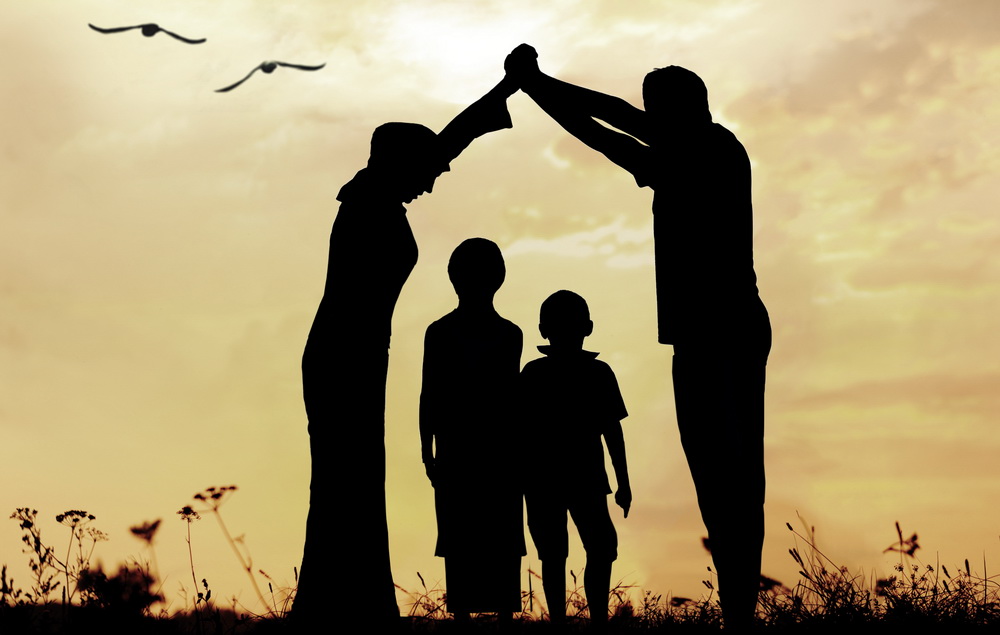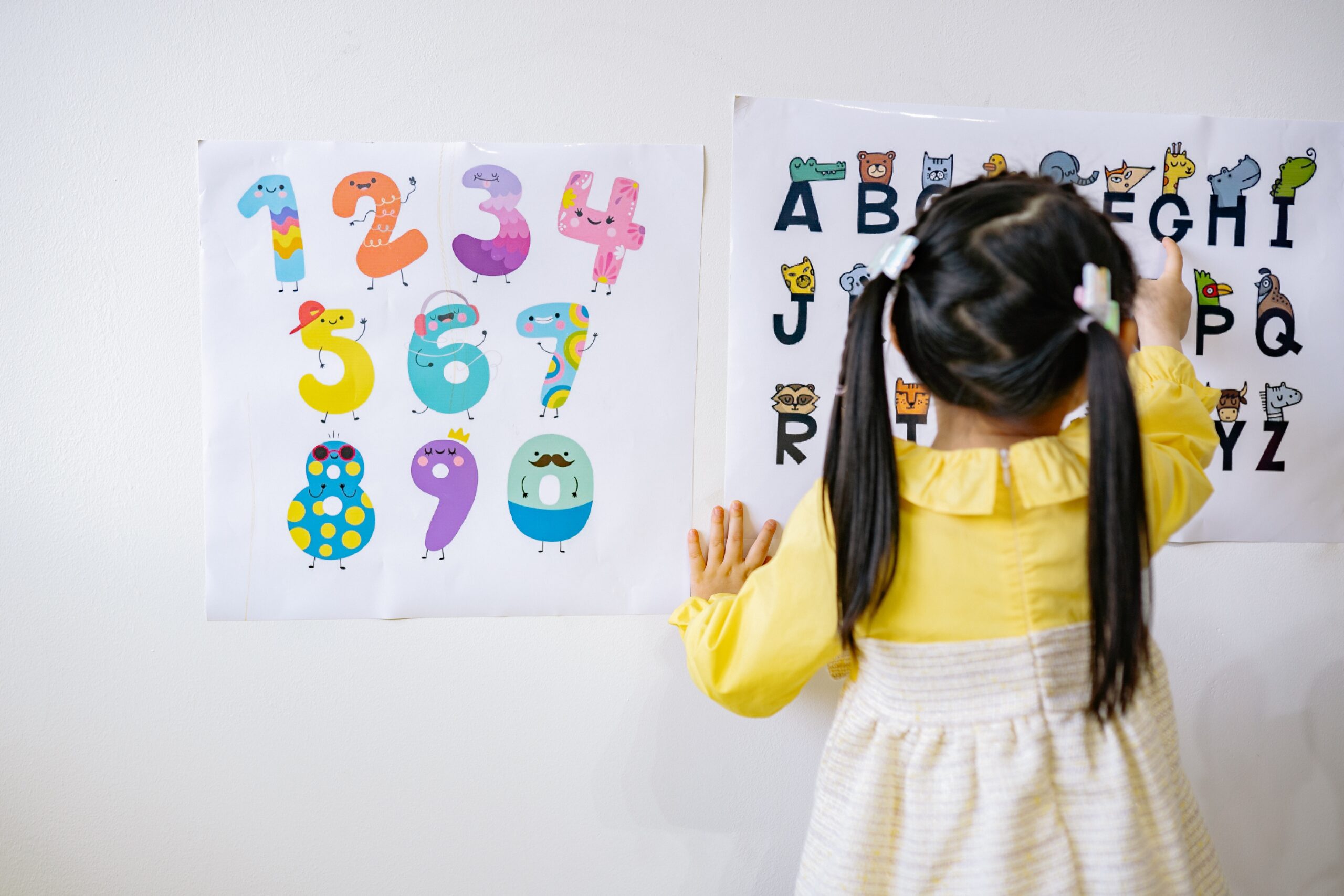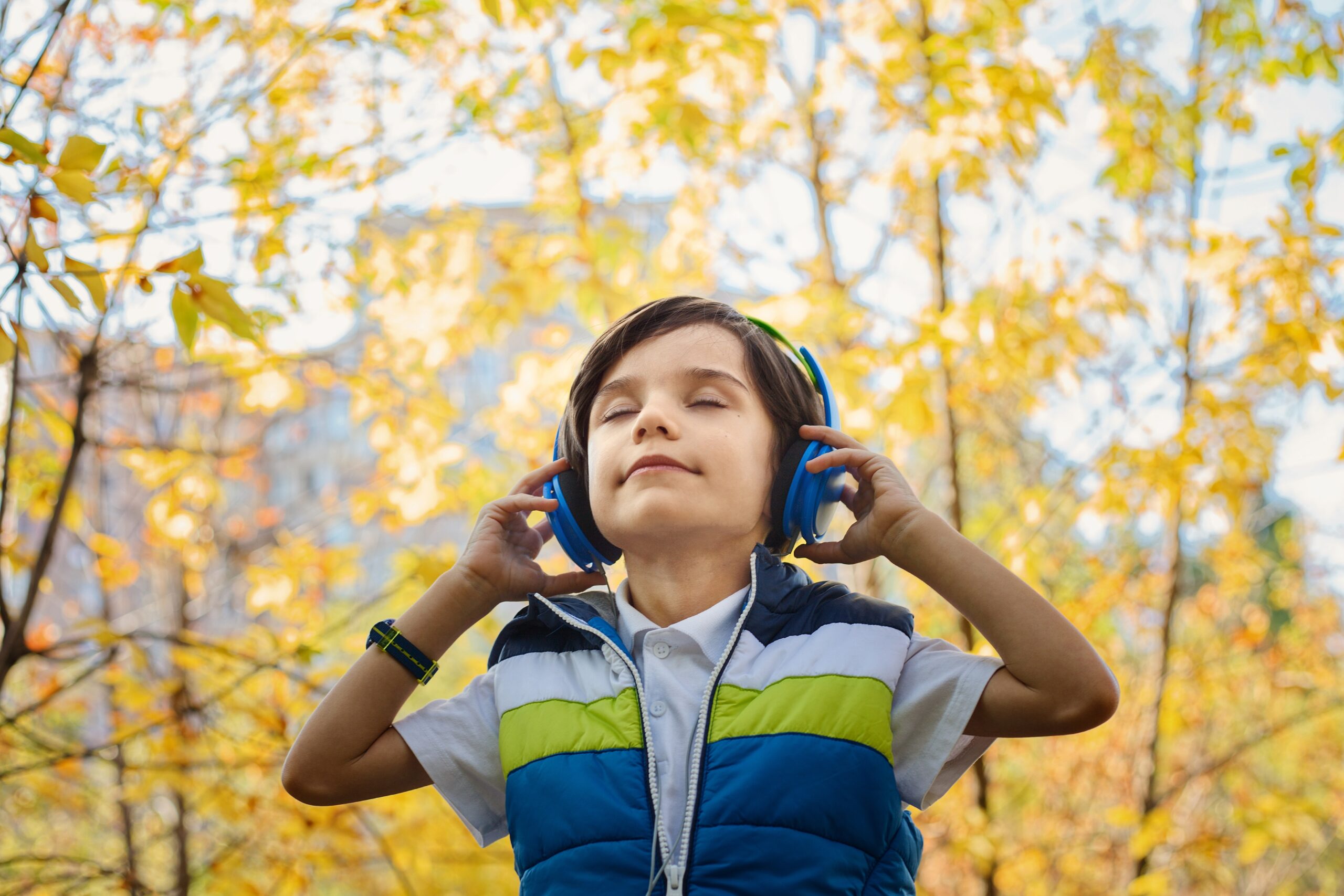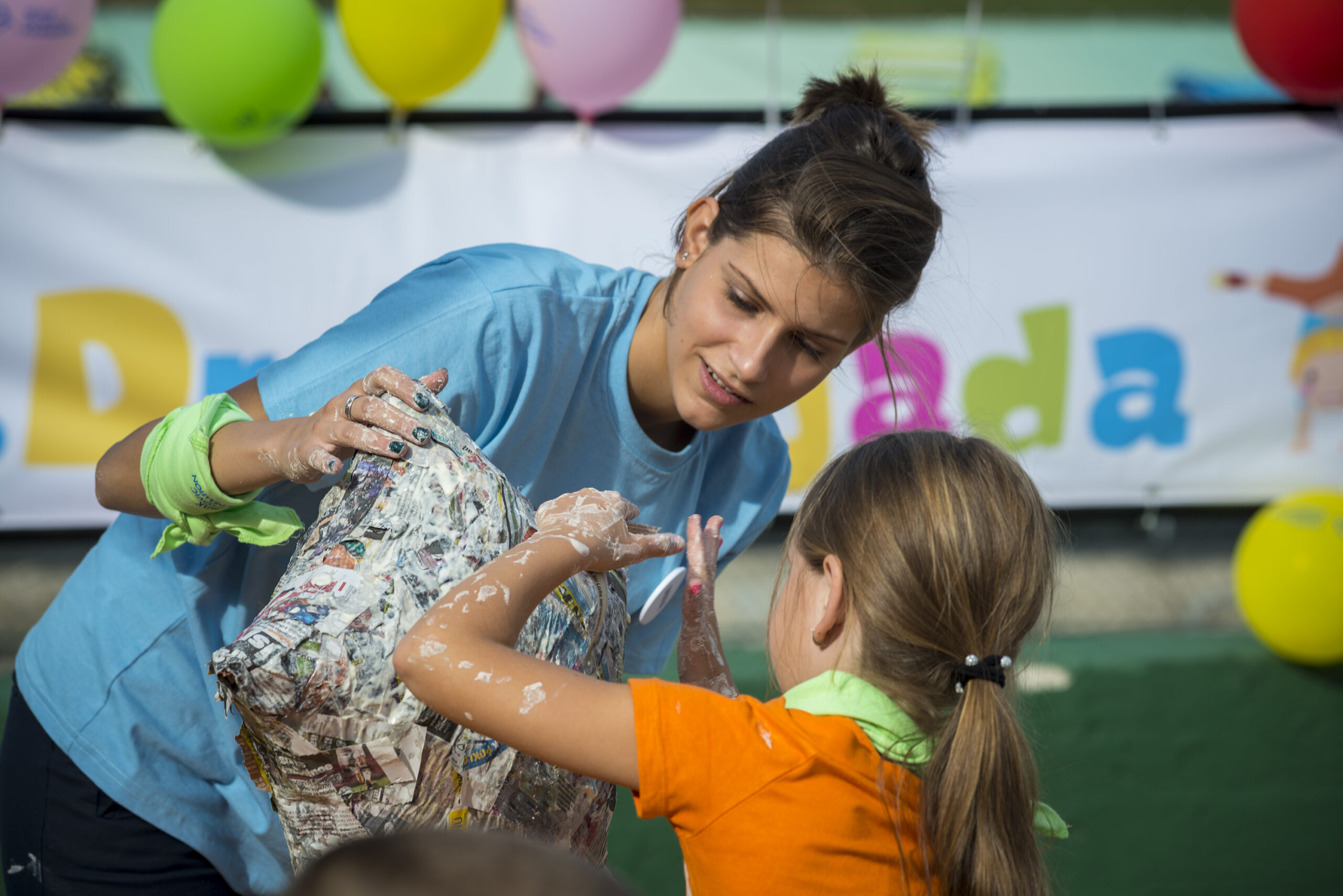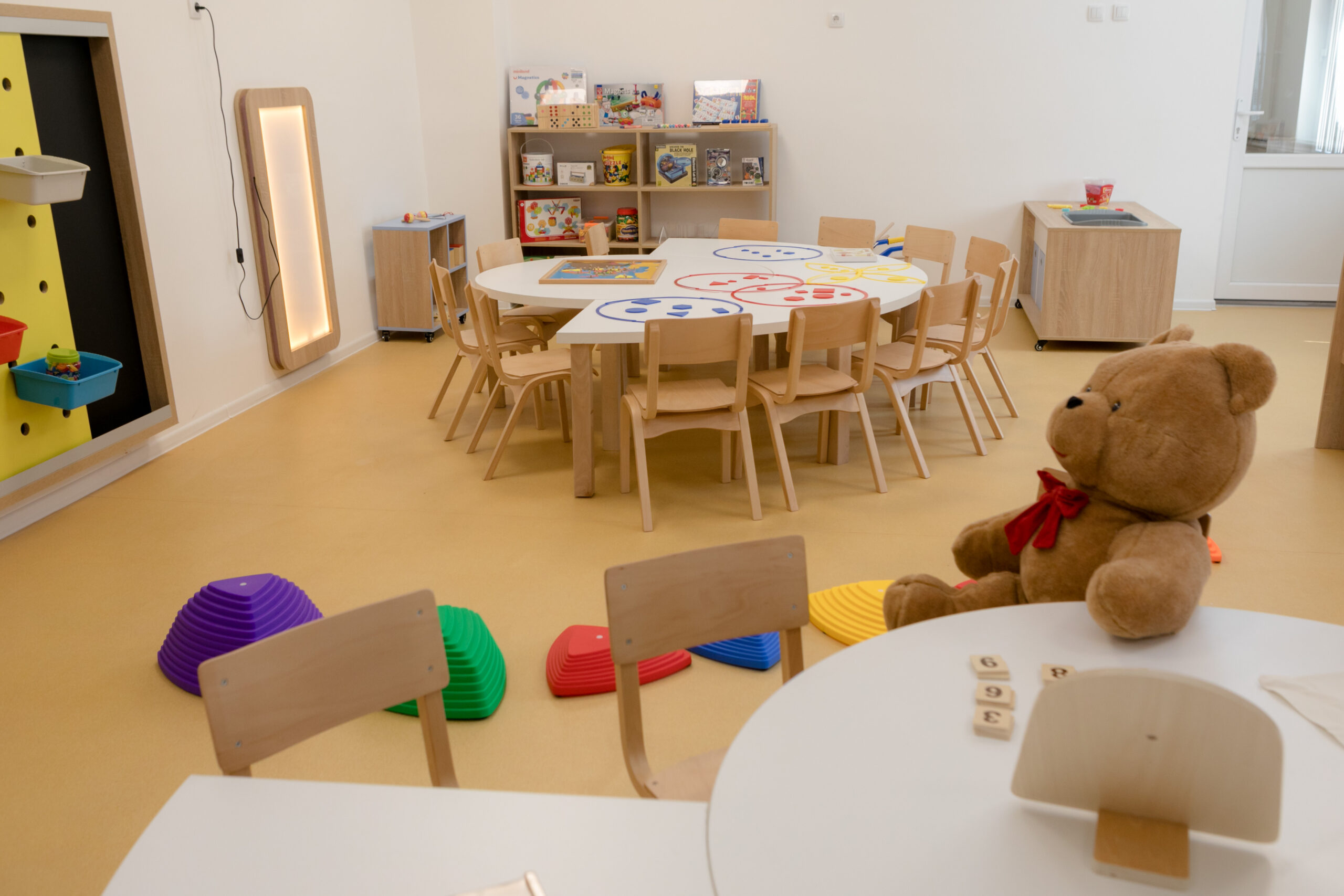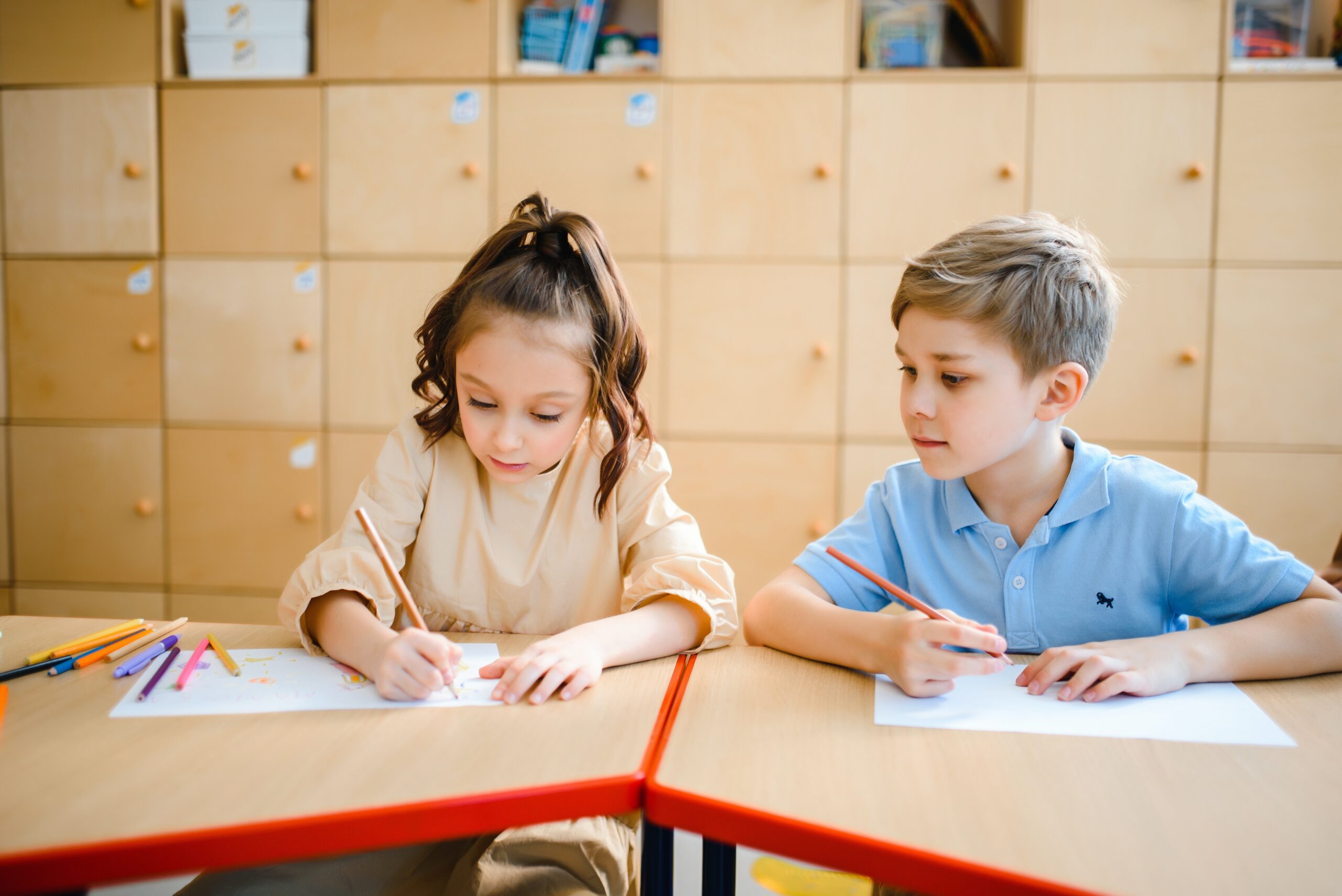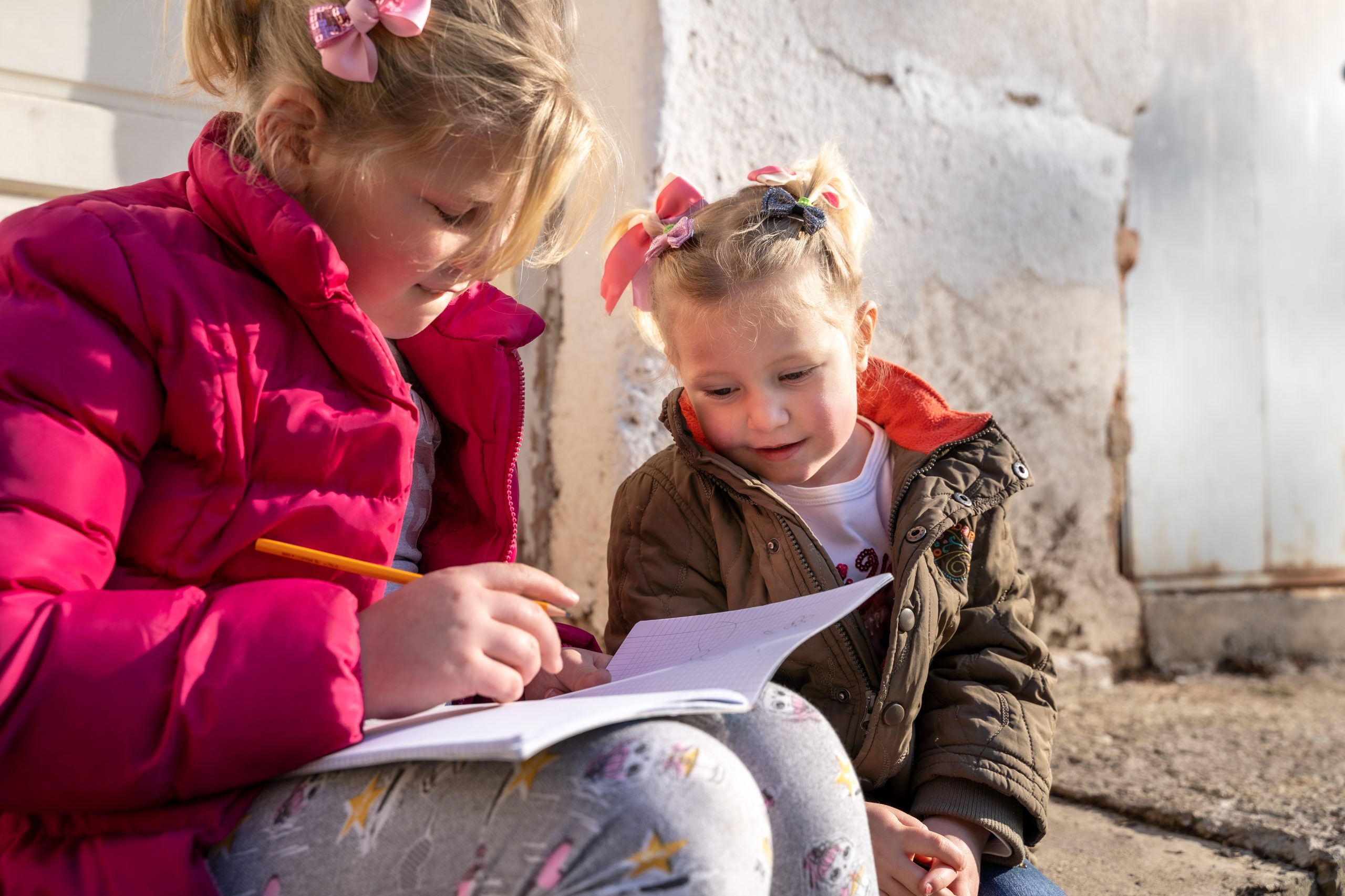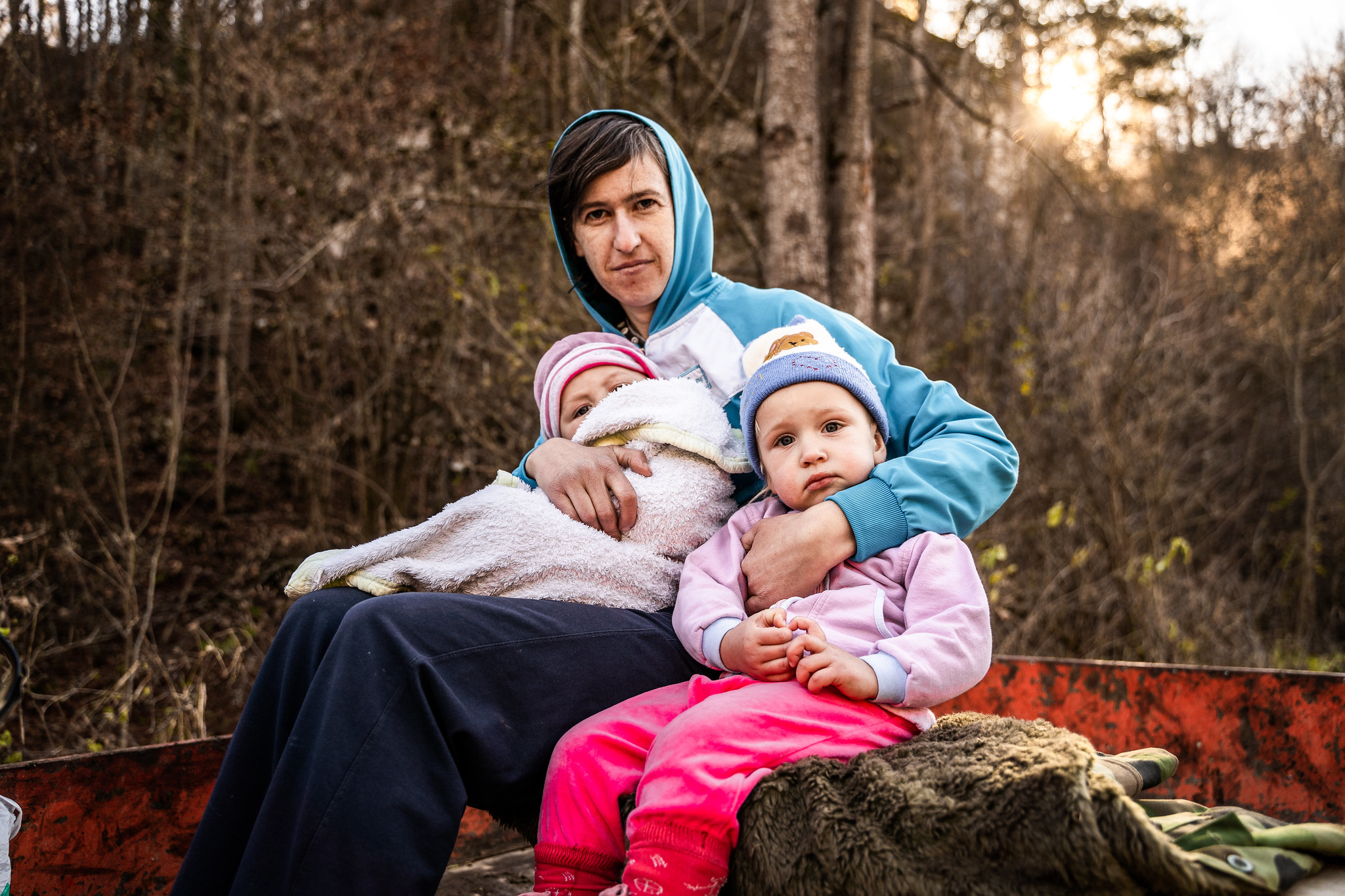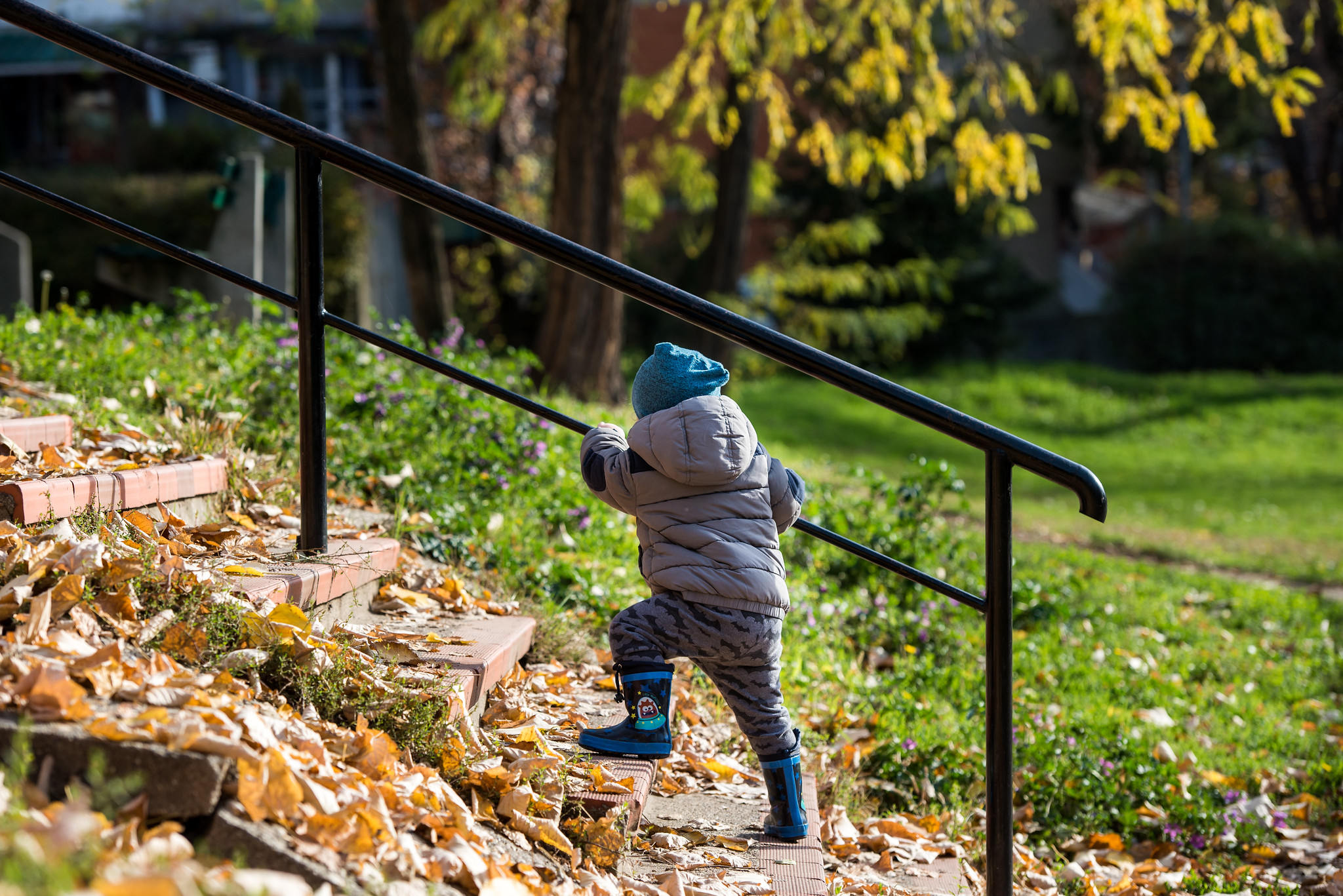Life throws up all sorts of obstacles we never planned: death, divorce or even the recent floods, not to mention the stresses and strains of exams and friendships. Building resilience provides children with the tools that they need to negotiate these obstacles and the inevitable bumps in the road.
What happens in life when things don’t go to plan? The world is a frightening place and it is unsurprising that we want to do what we can to prevent our children feeling pain and suffering. But what if our protection is actually harming their ability to cope with adversity? As well as the world being a dangerous place at times, there are only so many challenges that we can have control of. Life throws up all sorts of obstacles we never planned: death, divorce or even the recent floods, not to mention the stresses and strains of exams and friendships. Building resilience on the other hand provides children with the tools that they need to negotiate these obstacles and the inevitable bumps in the road.
One school has even gone so far as to hold a ‘Failure week’ as a way of teaching children to welcome risk, to push themselves outside their comfort zone and to learn from their mistakes, all key skills when it comes to becoming resilient. The school ran activities and workshops encouraging the pupils to focus on those who have failed and then, through persistence, seen success.
As Headmistress Heather Hanbury says:
(They) “need to learn how to fail well – and how to get over it and cope with it…Fear of failing can be really crippling and stop the girls doing things they really want to do. The pupils are hugely successful but can sometimes overreact to failure even though it can sometimes be enormously beneficial to them. We want them to be brave – to have courage in the classroom.”[2]
It is not just in the classroom that these skills are important but in the wider contexts of people’s lives and yet these are habits which are much easier built in childhood. The good news is that resilience is something that we can continue to work on throughout our lives and it is never too late.
How to build resilience in children
In order to build our resilience there are several components that can work together consisting of both outside supports (caring relationships, positive role models in families and communities and community resources) along with inner strengths (self control, thinking skills, confidence, positivity and participation)[3]. Dr. Ginsburg has identified seven “C”s of resilience, recognizing that “resilience isn’t a simple, one-part entity.”[4]
- Competence is aboutknowing that you can deal with a situation effectively. We can help the development of competence by helping children to focus on individual strengths and empowering them to make decisions. Any mistakes should be identified with the specific incident so that children know how to do things differently the next time.
- Confidence is about developing the child’s belief in his or her own abilities and comes as a result of them feeling competent. This can be boosted by focusing on the best in your child and praising them for specific achievements and in particular for their effort. Whilst confidence builds from succeeding in challenging tasks, be careful not to set children up to fail by over challenging them.
- Connection: The development of close ties to family, friends and community provides security and values all of which are important support networks in times of difficulty. Encourage your child to make strong connections by being a role model within your own network of family and friends. Be realistic that we are human and conflicts arise but that it is the communication that we use to resolve them that is important. Allow children to express their emotions all the while encouraging them to develop this is a positive way. Do things and share experiences with your networks of family, friends and community and this will further develop security with your child that there are a number of people who they can turn to should they need help.
- Character: Children’s characters are all different and some find the tools of resilience more natural than others. Continue to instil a sense of right and wrong along with a caring attitude towards others and always encourage children to approach difficulties with a positive mindset in thinking about how they are competent. It also cannot be understated how important it is to model this behaviour through your own.
- Contribution: Children respond to nothing better than a sense of responsibility and to feel that they matter to the world around them. How can you find ways for your child to contribute to your family, to your friends and to your community?
- Coping: Life is going to be tough at times and the difference will be in how we deal with the obstacles in our path. Teaching your child coping strategies is so important to prevent negative behaviour becoming a habit. Communication has a large part to do with this as, if children can communicate their fears and anxieties, they are less likely to manifest these in more destructive ways. The importance of calm and space cannot be understated. Teaching a child to ‘count to ten’ or to ‘breathe’ can serve them throughout their lives and give them valuable time to compose themselves before acting or reacting.
- Control: If children understand that their decisions and actions have consequences, they are able to bounce back much more effectively after a setback. They will come to understand the value of hard work and perseverance. They will too see that negative behaviour has consequences and once they master self-control they will have so many more opportunities ahead of them. This will be an on-going process throughout their childhoods and their lives so the coping mechanisms to help them should be seen as teaching and learning opportunities.
Although this sounds like a long checklist of things to try to get right to ‘be resilient’; I feel that all these components are so positive. There are so many chances in everyday situations to build on our resilience and improve on it throughout our lives. Instead of seeing the challenges of life as things to knock us down, for every obstacle we surmount, we will be better equipped for the next.
[divider]
[2] http://www.bbc.co.uk/news/education-16879336
[3] http://www.beststart.org/resources/hlthy_chld_dev/pdf/BSRC_Resilience_English_fnl.pdf

